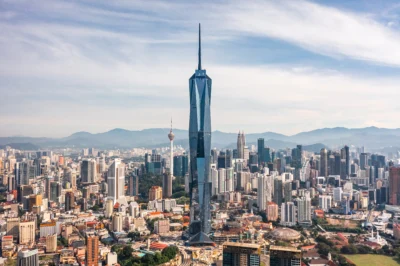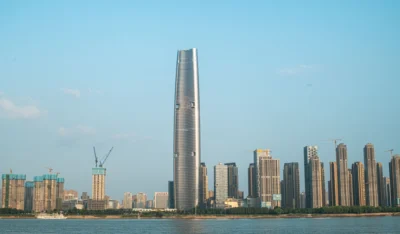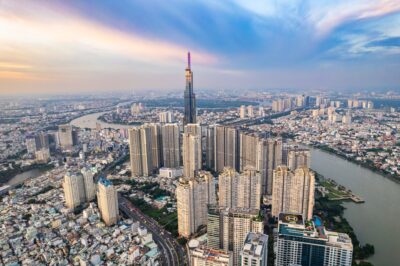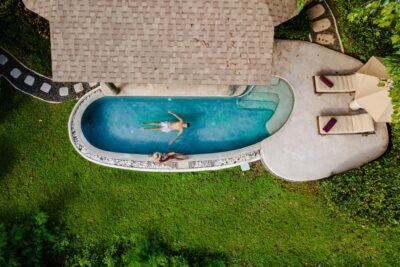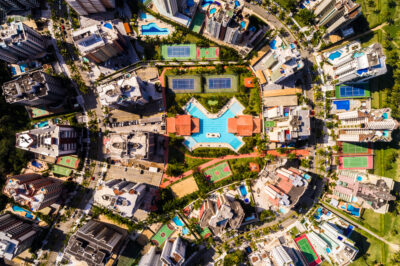Wellness and sustainability are here to stay
Nature inclusive and human-centred design approaches look into how we can design with nature and how this, in turn, creates positive guest experiences
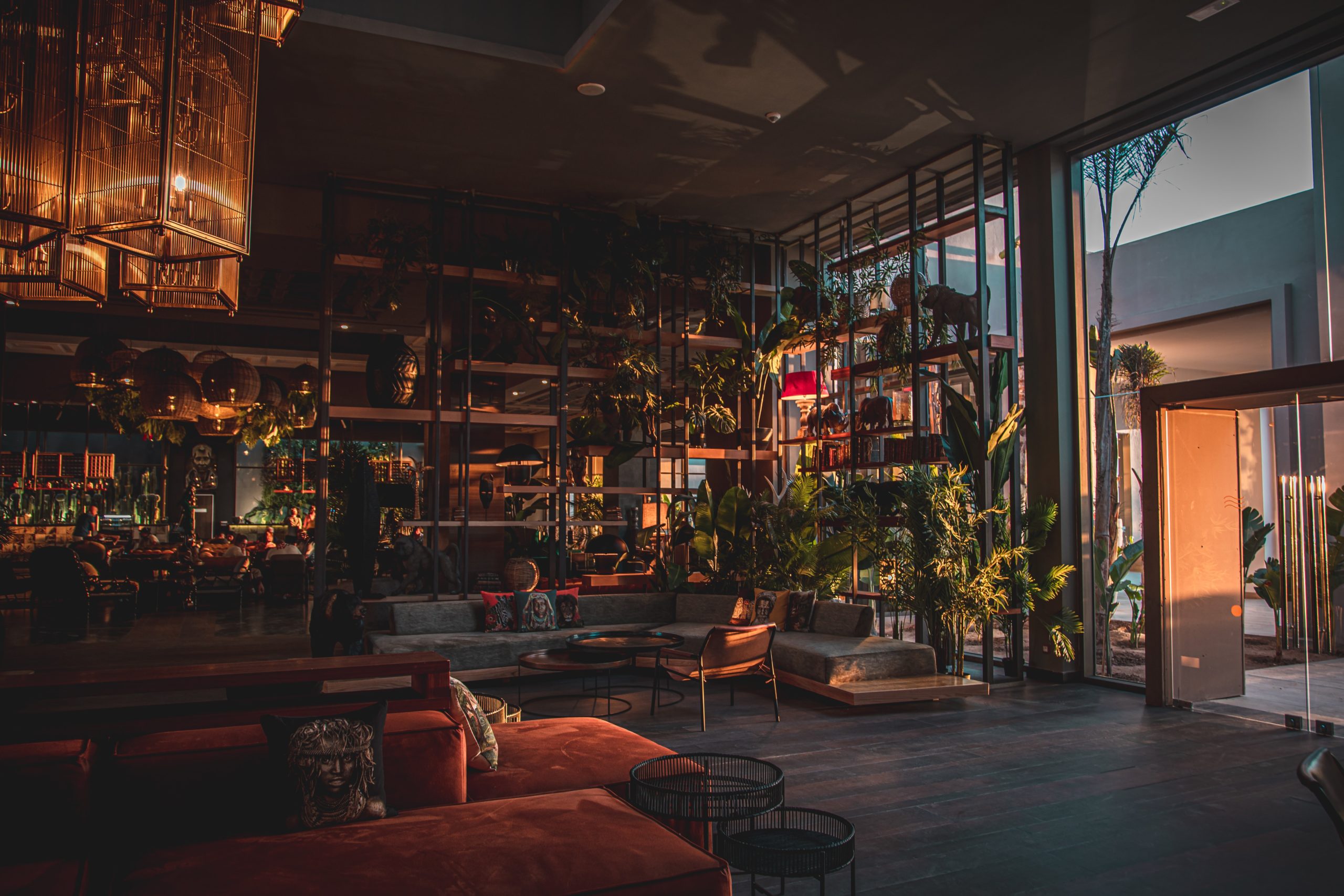
The past decades have been witness to an uptake in wellbeing and health services across the hospitality industry. The global wellness-hospitality market opportunities are present worldwide and being developed across hospitality types including hotels, resorts, destination spas, residential, and mixed-use developments.
Actually, according to the Global Wellness Institute, the global wellness economy is valued at USD4.5 trillion (2018), and is on the rise ever since. As the wellness industry grows, the proposition is shifting from more mainstream massage and fitness offerings towards a more holistic offering that goes beyond relaxation to include physical and meditative activities, yoga, meditation, consultations and treatments for stress relief, digital detoxification, weight loss but also sleep retreats, customisable healthy food options, and sensory experiences in nature-inspired settings.
More than a trend, a way of living
While the pandemic may have put wellness tourism on hold due to shelter in place orders around the world, the demand and anticipation for wellness acquisition have never been as high. Before the pandemic, wellness was already becoming one of the biggest consumer segments.
The fatigue and stress induced from a year of health crisis where entire countries were put into lockdown have put emphasis on our need to stay healthy mentally, emotionally, and physically. And when borders reopen, guests will be expecting their host destinations, and therefore the hotels they stay at, to deliver high standards of health. Not just in terms of hygiene but in terms of well-being generation.
As a result, hoteliers, if they haven’t already, will need to adapt to the ever-growing community of health-conscious guests who are expecting their host to deliver spaces and experiences that uplift their physical and emotional wellbeing. To get insights on sustainable design in hospitality, check out our free guide at the end of the article.
“Having green-friendly practices and wellness services and amenities are no longer a ‘nice to have,’ they are an expectation, particularly from the luxury traveller.” – Dant Hirsh, general manager of the Dominick Hotel, an independent luxury hotel located in New York City’s SoHo neighborhood
Covid as a movement accelerator
Covid has, if anything, accelerated this movement and brought back into the conversation the role of our immediate environments in fostering safe and healthy spaces. Because let’s face it, it is difficult to imagine and pursue true individual wellness in an unhealthy environment, such as jogging in a park with an unacceptably low air quality index or being in a hotel room with insufficient ventilation.
Our individual wellness is intrinsically linked to the wellness of our immediate (and less immediate) environment and, with it comes the notion of sustainability. Sustainability is not just about environmental preservation. It englobes social welfare, as well as brings a balance between different forces that create our environments.
“It is hard to imagine wellness in a polluted, hostile, and unfriendly environment. Taking care of the nature around you, and the people of local communities you operate in, is critical to providing a great wellness experience for guests.” – Hans Pfister, co-founder and president of the Cayuga Collection
As wellness has been on a rise in the past decade, so has responsible tourism and the pursuit of zero impact lifestyles. Covid has left us in awe of what a few months of stillness could do to bring back fauna and flora to cities and the health of our ecosystems. We’ve seen blue skies above Asia’s polluted megacities.
The world has seen first hand that we, as a community of humans, could revise the trajectory of our environmental decadence and this has further pushed people to demand climate action from governments, industries, and corporations. And the hospitality industry is not at rest. Put together, global tourism accounts for about 8 percent of global greenhouse gas emissions, a non-negligible portion of the overall carbon emission bill.
Accommodation itself accounts for approximately 20 percent of emissions from tourism mainly because of its reliance on infrastructure, energy for heating, cooling and operations, and heavy maintenance.
Wellness and sustainability are evidently interconnected, but how is it really materialised?
A big part of the answer is in the vehicle of our immediate environment, the hosting venue, the building itself.
Buildings, a centrepiece to wellness and sustainability
Sustainable buildings used to focus primarily on the environmental impact of buildings. In other words, how buildings would impact the outer environment. But recent years have looked at buildings from the outside in and put a focus on the indoor environments provided for us.
And for a good reason, we spend about 90 percent of our time inside buildings.
There is a link between buildings and our quality of life, a correlation between our walls and the air we breathe, between our windows and views and our stress levels, between our building systems and our cognitive performance. Buildings do not only affect our physical state but our mental one, too.
Just as inadequate ventilation and humidity or the absence of natural light and windows can negatively affect our productivity, morale, and contribute to serious health issues; good airflow, humidity, temperature levels, access to natural light and natural elements, and good acoustics can not only eliminate downsides of poor indoor environments but adversely foster enhanced wellbeing and health.
The health power of nature
Introducing natural elements into spaces triggers an unparalleled physical and emotional response. What used to be an intuition has since been backed up by numerous studies. Research shows that people who are exposed to environments with more nature are less prone to suffer from cardiovascular and respiratory diseases, tend to have a higher immune function and are at lesser risk of developing anxiety and depression.
According to health researchers, it may even reduce mortality.
In hospitals, studies and experience suggest that patients in a room with a window view in a natural setting had shorter hospital stays post-operation than patients in similar rooms with windows facing a wall.
Sustainable design, a vehicle for wellness
Our physical environment and architectural design are now becoming central elements of hospitality concepts as we understand the impact of buildings on our mental and physical health.
Nature inclusive and human-centred design approaches look into how we can design with nature and how this, in turn, creates positive guest experiences. Architecture goes beyond just function and aesthetics and should be thought of and developed as a vehicle for human progress. With the correct understanding of these principles, project teams have the power to create spaces that support your guests’ activities, livelihoods, and overall emotional and physical wellbeing.
Sustainable design when thought of holistically (which we believe it should always be) is concerned by both environmental and human aspects. As such, buildings are designed to minimise their impact on the environment by minimising their resource usage and emission generation from design, to construction, operations, and end of life. They are also designed to create spaces that protect your health, eliminate toxicity, maximise indoor environmental quality, and support you in what you are trying to achieve within the building itself, whether it is to sleep, rest, detoxify, exercise, revitalise, disconnect, reconnect, think, engage, create, or heal.
This is achieved by designing spaces following sustainable design guidelines which determine the amount of natural light needed for a balanced body clock, the quantity of airflow necessary for good ventilation, the levels of temperature and humidity for good comfort, and the principles for noise pollution protection. (You can find out more about these design metrics in our free guide at the end of this article.) Thresholds and benchmarks are essential in defining our indoor environments, but which standards should you refer to?
Delivering results: getting away from well washed or greenwashed concepts
Authenticity, transparency, and integrity matter to guests and they see right through marketing only initiatives. While the linen and towel programs in hotels may help in reducing water loads, it has been overly misused to the point where guests tend to see it merely as a marketing stunt for hotels to demonstrate their environmental commitment. The is because this initiative is often isolated and thrown to guests without any cohesive plan or program overlooking the hotel’s overall environmental footprint. People are more and more aware of the necessity to act for climate change and they are savvy about the actions that have a real impact or not. They actually are expecting brands and hospitality establishments to do more than a towel program and they are keen to contribute meaningfully to the hotel’s sustainability journey, as well.
Finding genuine environmental credentials
Sustainability concepts need to be integrated into the design and operations of hotel facilities and these need to be defined by established standards, metrics, and KPIs which help hoteliers meet expectations.
Since sustainability has been picking up, a number of standards and certifications have emerged. The targets and methodology are different and their focus may vary from one another, but their overall objective is to provide a framework for better buildings. The most widely used certification, LEED, looks into energy and water consumption while emphasising the importance of materials both from a carbon footprint perspective and from a health perspective of material ingredients. Certifications such as WELL place their focus more on human parameters, such as air and water quality but also promote active design and healthy food. These certifications and standards offer guidance and benchmarks to set hotels on the right track.
But beyond certification, it is about good design principles and working with nature instead of against it.
The fundamentals rely on architectural principles that have been around for a long time. Coupled with our understanding of building physics and powerful modelling software, designers are now able to create spaces that deliver on both environmental and human expectations. Hospitality professionals can create their own set of targets, based on best practice and existing standards, to meet their unique challenges at every stage: when developing a new design concept, when going through renovation, or through the operational level.
How to design inspirational healthy hotels
We’ve worked with many hoteliers who are eager to design positive spaces and experiences for their guests. We’ve developed a guide to support hospitality stakeholders in integrating design principles to enhance their guests’ experience and reach sustainability predicaments.
“Wellbeing is Designed before Being Experienced: Metrics for Positive Hospitality Design” looks into health and wellbeing design principles and will help hoteliers and designers develop holistic green and healthy hospitality concepts. More precisely, we look into five fundamental design principles which are at the centre of human wellbeing and health:
- Temperature and humidity
- Natural light and access to outdoor views
- Indoor Air Quality
- Connection to Nature
- Acoustic quality
We’re offering our guide for free to readers of PropertyGuru Property Report Newsroom. Please follow the link to get your copy here: https://bit.ly/3wU9H7T
About Green Building Consulting & Engineering (GBCE)
Green Building Consulting & Engineering (GBCE) is an award-winning Thailand based company providing design consultancy and building performance analysis to facilitate project teams in the design of high asset value buildings that improve people’s well-being while preserving the planet. With compelling arguments from increased ROI to enhanced occupant health, we understand that on top of saving the planet, Green Buildings are a strong business asset. Engineered along with our clients’ company values, we create high-performance buildings by defining their sustainability strategy, optimising their design, and complying with international certification standards. We have been conceiving, designing, and optimising office, educational, medical, industrial, cultural, residential, and hospitality Green Building projects in France, Taiwan, Hong Kong, China, Indonesia, Singapore, Mongolia, and Thailand.
For more information about what we do, please visit www.greendesignconsulting.com
Recommended
Malaysia property market rebounds with foreign interest and growth
The nation’s property market is stirring to life, fuelled by foreign buyers and major infrastructure drives
China’s renewable energy surge redefines housing norms and development
From exporting solar panels to building entire green-powered neighbourhoods, China’s renewable surge is redefining housing norms
Philippine real estate stays resilient amid political turmoil
The arrest of former President Rodrigo Duterte is a huge political plot twist. But the real estate sector in the Philippines is not (yet) flinching
Vietnam housing market poised for growth despite tariff challenges
With possible punitive US tariffs looming over the economy, Vietnam’s otherwise buoyant housing market has entered a cautious stage

